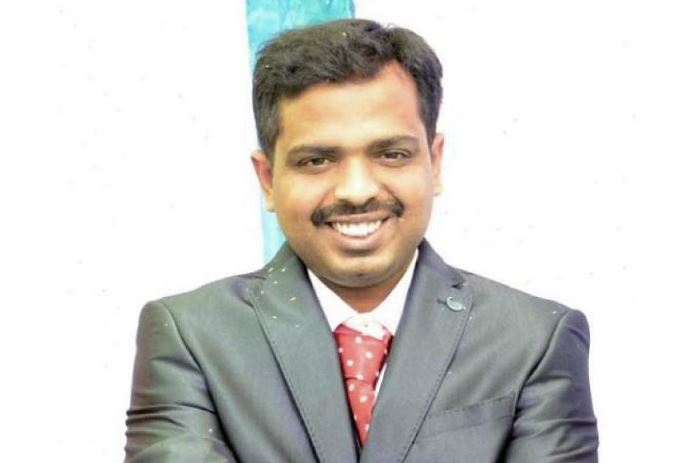Sibarama Panigrahi, a young researcher and faculty member at SUIIT, created software that TPWODL uses to efficiently manage electricity in Western Odisha.
A software developed by a Sambalpur University Institute of Information Technology (SUIIT) faculty member has been assisting the TP Western Odisha Distribution Limited (TPWODL) in reducing power outages, fluctuations, and efficiently managing electricity in Western Odisha.
Under the Odisha University Innovation and Incentivization Plan (OURIIP)-2020 Scheme of the Odisha State Higher Education Council, 34-year-old SUIIT Sibarama Panigrahi created a load forecasting software for obtaining two days ahead electricity load trend data for the entire region.
Panigrahi, an engineer who specialises in machine learning, stated that the software assists TPWODL in determining how much electricity is required for the region on a daily basis and, as a result, it can either buy or sell excess electricity. According to reports, the region needs at least 1,800 MW of electricity per day, which is supplied by Odisha Power Transmission Corporation Ltd.
Panigrahi, as a research fellow under the OURIIP scheme, proposed to the council that they work on developing a better forecasting model. For this purpose, he decided to use machine learning (data-driven) models that can approximate any nonlinear function to a desired level of accuracy. Following that, in February of this year, TPWODL signed an MoU with SUIIT to implement a project that would forecast the next two days of electricity load (with a measuring interval of 15 minutes) for better energy planning.
Since August of this year, TPWODL has been using the software to forecast the region’s electricity needs two days in advance. As a result, according to discom officials, they can maintain a balance between actual power consumption and daily power drawal, as well as reduce deviation of electricity frequency and ensure power scheduling.
Panigrahi and his team are currently working to improve the software’s efficiency by taking into account external factors such as holiday effects, temperature, and humidity of an area. Discoms in other parts of Odisha have also approached the team about developing similar software.

